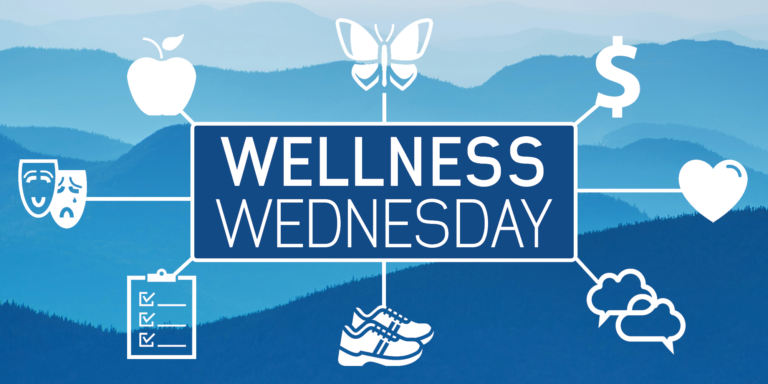 Before running a long distance race, many people start with a Couch to 5K training plan. The nine-week plan was designed to take someone from a couch potato to running 5,000 kilometers (around 3.1 miles) or 30 minutes. The plan is successful for many people because it builds slowly without overwhelming those working towards an achievable goal.
Before running a long distance race, many people start with a Couch to 5K training plan. The nine-week plan was designed to take someone from a couch potato to running 5,000 kilometers (around 3.1 miles) or 30 minutes. The plan is successful for many people because it builds slowly without overwhelming those working towards an achievable goal.
Building a budget can look a lot like the Couch to 5K plan. For some people, sticking to a budget is easy. For others, a bad month is discouraging enough to give up. If you want to start budgeting or want to budget better to reach your financial wellness goals, it takes some work to make a reasonable budget that’s more than random numbers on a spreadsheet.
Until you get a realistic picture of how much money you’re bringing in and where it’s going, it’s difficult to know whether you’ll have enough left over. Making and sticking to a budget is a key step towards getting a handle on debt and working towards savings for emergencies or much larger goals like a new car, down payment on a house, or retirement.
Set Up a Budget
 The Consumer Financial Protection Bureau (CFPB) offers easy-to-follow steps to create a budget that works for you:
The Consumer Financial Protection Bureau (CFPB) offers easy-to-follow steps to create a budget that works for you:
- Start by recording all of your income.
- Track your expenses. Classifying spending habits by categories like utilities, eating out, shoes and clothing, and entertainment provides a picture of how large and small purchases add up over time.
- Make a bill calendar to remember when monthly bills are due and avoid missing payments.
- Create a working budget that brings together your income, expenses, and bills. Most realistic budgets are a combination of needs, wants, savings, and debt repayment.
Stick to Your Budget
A budget is how you plan, but tracking is how you keep up with the plan. It takes effort, but the CFPB offers some tips for success:
- Look at your finances one month at a time. Some people like to use spreadsheets while others keep a daily journal or put receipts in a folder that they review each week. Once you find the method that works for you, copy the previous month’s budget and make adjustments for projected expenses like a friend’s birthday present or concert tickets.
- Analyze your spending habits. If you think you’re spending too much money on impulse buys or eating out, make a plan to cut back in those areas.
- Set a goal. Are you saving for a large purchase, vacation, or increased savings? Having an amount in mind is a good way to work towards something achievable. Some people like to budget to zero. This doesn’t mean you spend all of your money and leave an empty bank account at the end of the month. It means if you have any money left over after subtracting your expenses and bills from your income, you put it into a savings account or use it to pay off additional debt.
- Develop a support system. Like sticking to an exercise routine, it’s easier when you’re surrounded by families and friends you can trust to offer you support, either by doing a budget with you or listening when you’re struggling.
Money management isn’t just about discipline. Keep it fun by rewarding yourself when you stick to your budget. It will change budgeting from a chore to a tool to help you reach your goals and live the life you want to live.
Twice a month, Asheville Parks & Recreation shares a resource or tip that can help in the development of intellectual, emotional, occupational, environmental, financial, spiritual, physical, or social wellbeing. For previous Wellness Wednesday articles, check out the archive.
